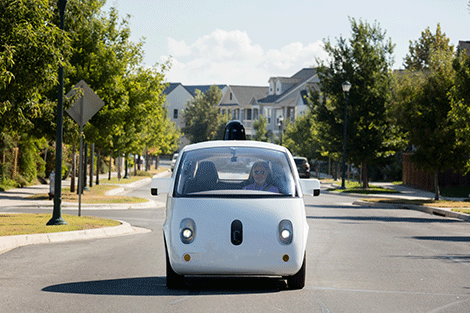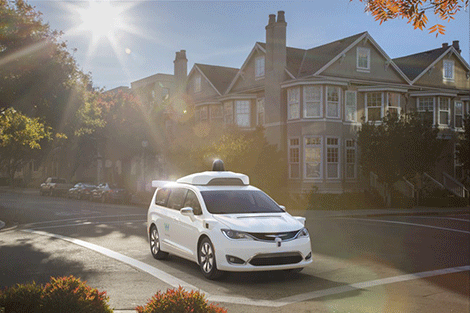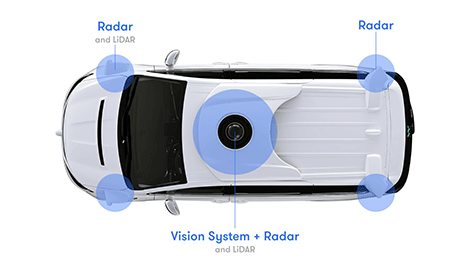
Farewell you daft little bugger
The autonomous little pod of Google’s self-driving car vision has been dumped at the roadside in favour of a re-jigged Chrysler mini-van, as the now standalone Alphabet enterprise, Waymo, evolves into a fully fledged automotive company.
The Firefly – the 25mph, two-seater vehicles with no interior controls – travelled thousands of miles in road tests as the goggle-eyed poster-boy of an autonomous car future, yet has been replaced in the project by 600 soccer-mom Chrysler Pacifica Hybrid minivans, sporting weird roof-top appendages.
It’s a shame, as the pod design signalled a move away from traditional car stylings, form and engineering, but should reassure car giants looking on intently as they muster their own self-driving projects.

A Chrysler Pacific hybrid, fully loaded with sensors, electronics, and no doubt, three west-coast brats needing to get to ‘soccer practise’
The new vehicles come complete with the latest Waymo self-driving technology, including a suite of updated sensors, all-new computer and other major system updates.
“Using several of our early prototype minivans, we’ve already run a gamut of tests, including over 200 hours of extreme-weather testing,” explained Waymo CEO John Krafcik.
“Before starting production in October, we’d put these early vehicles through their paces at our own test track in California, and FCA’s Chelsea Proving Grounds in Chelsea, MI and their Arizona Proving Grounds in Yucca, AZ.”

The new sensors and radar set up
“From the beginning, Firefly was intended as a platform to experiment and learn, not for mass production,” said YooJung Ahn, Lead Industrial Designer.
“By designing and building a truly self-driving vehicle from scratch, we were able to crack some of the earliest self-driving puzzles — where to place the sensors, how to integrate the computer, what controls passengers need in a car that drives itself.
“In answering these questions, Firefly defined some of our most recognizable features, like the dome on top of every Waymo car (by putting the LiDAR and cameras in a central spot, our sensors can see further and our computer can process data more efficiently).”
Firefly was always set out to be nothing more than an adorable guinea pig – forced to carry sensors and electronics, as well as the burden of Google’s aspirations.
The cutesy daft blob will now become a museum piece recorded as the one-time future of transportation and stood stock-still for people to gawp at, while some of us cry about a world in which minivans are still a thing.






